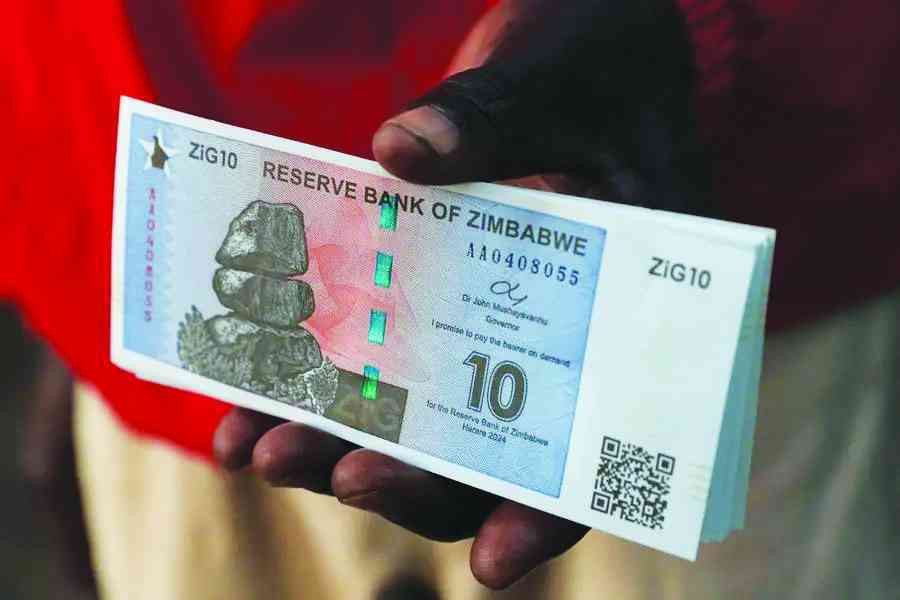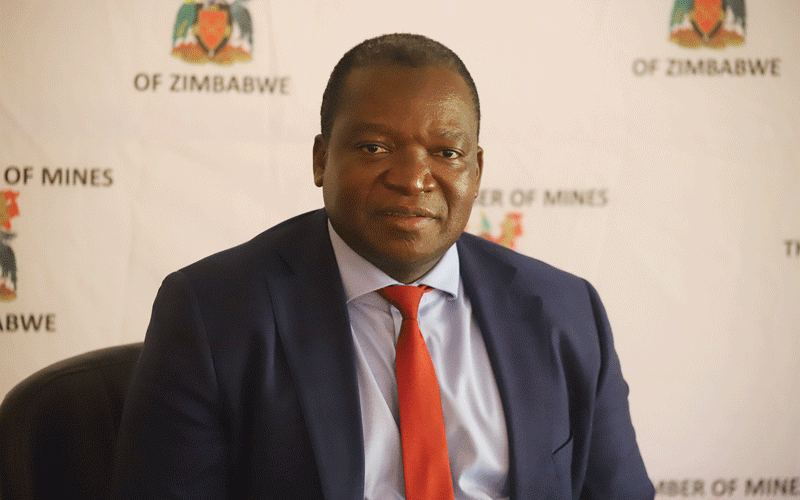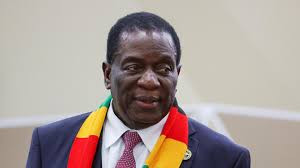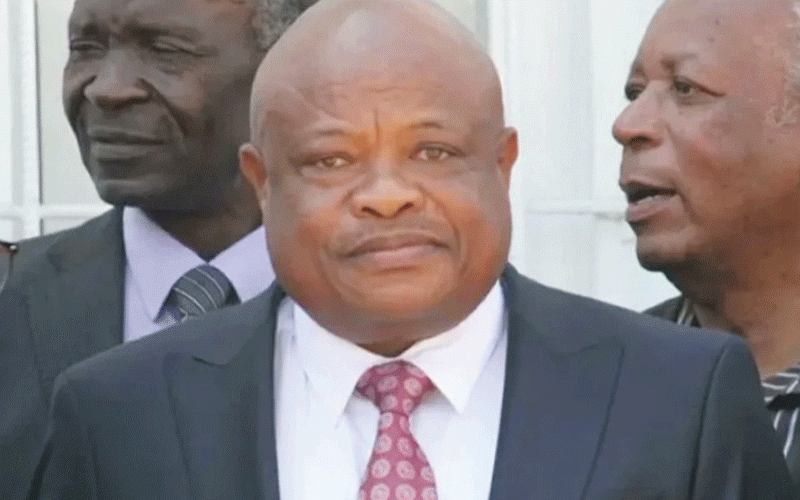
With authorities glossing over the gravity of a currency crisis that has transcended two decades, a Canadian public policy think tank this week warned that at some point, tempers would boil over.
The Fraser Institute’s Economic Freedom Country Audit Zimbabwe (EFCAZ) was the latest to push for wholesale policy changes to calm the nerves of a market in protracted turmoil, as Zimbabwe Gold (ZiG), the country’s latest currency, struggles to hold ground over the greenback.
The southern African country has had a difficult 24 years on the currency front.
But many experts are worried that there appears to be little or no political will to tackle the crisis and end widespread suffering.
From 2000 to 2021, Zimbabwe ranked poorly in economic freedom, particularly in sound money, according to FI.
FI's Economic Freedom of the World annual survey measures economic freedom across countries.
EFCAZ revealed Zimbabwe's overall ranking at 172nd globally, and 46th in sub-Saharan Africa.
Between 2000 and 2021, the country experienced multiple currency changes.
- Awards target married couples
- Awards target married couples
- Sibanda living his writing dream
- Pomona deal under spotlight as experts meet
Keep Reading
The Zimbabwe dollar was replaced by a multicurrency regime February 2009, after 500 billion percent inflation forced authorities to ditch to unit and seek respite in foreign currencies.
Bond notes and coins were introduced from 2014, as authorities began moves to de-dollarise.
They were in circulation until February 2019, when the RTGS dollar was introduced.
The RTGS dollar was used until June 24, 2019, when the Zimbabwe dollar was reintroduced, temporarily scrapping the multicurrency regime.
However, in response to Covid-19 pressures, the central bank reinstated the multicurrency system in March.
The Zimbabwe dollar was in circulation until April 5, 2024, when it was replaced by Zimbabwe Gold (ZIG).
The FI concluded that Zimbabwe lacked sound money due to the absence of economic growth, commodity backing, foreign currency reserves, and market confidence.
“Sound money is defined as money that has a purchasing power determined by markets, independent of governments,” FI said in the EFCAZ.
“Zimbabwe has consistently held the lowest sound money rating among its neighbours, except for the period between 2013 and 2017, during which it ranked second lowest after Mozambique.
“From 2017 to 2021, Zimbabwe’s sound money rating has deteriorated continuously, placing it among the worst in the world.
“This trend stands in stark contrast to that of its neighbours, particularly Botswana, Zambia, and South Africa, which have consistently improved and maintained high sound money ratings throughout the same timeframe.”
The institute found that Zimbabwe’s low sound money rating, particularly from 2017 to 2021, indicates severe challenges in maintaining monetary stability.
The country’s sound money rating, on a scale of 1 to 10, was barely above 1 between 2000 to 2021.
“Low sound money ratings typically correlate with high inflation rates and economic instability, leading to a lack of confidence among consumers and investors,” it said.
“A poor sound money rating discourages both domestic and foreign investment due to perceived risks associated with unstable currencies and inflationary pressures.
“Zimbabwe’s deteriorating sound money rating may lead to public disillusionment with government policies and financial systems, leading to social unrest or increased emigration.
“Improving sound money ratings could enhance Zimbabwe's standing internationally, allowing it greater access to resources needed for development.”
FI said Zimbabwe’s poor performance in sound money had profound implications for its economic growth and development.
This is because the lack of stability in inflation and currency values deterred domestic and foreign investment, limiting essential foreign direct investment and reducing tax revenues.
With the recent volatility of ZiG, FI said the reality on the statistical dashboard as of October 2024 reveals low economic freedom indicators in Zimbabwe.
“It appears the country is experiencing a policy interregnum. The old data and context still prevail as the new post February 2020 is settling in,” FI said.
“For policy purposes, it is therefore important for Zida (Zimbabwe Investment and Development Agency) and the government to consider this report and its recommendations as an indicator of the significant areas of focus to fulfil the aspirations of the Zida Act as well as national policy aspirations as espoused by the National Development Strategy (NDS1) and Vision 2030. The framework has been set.”
FI suggested leveraging the Zida Act to “unleash Zimbabwe”.
“In Zimbabwe, you can use the American dollar almost everywhere and a number of countries have solved their inflation crisis by converting to the American dollar,” it said.
“In Ecuador, in South America…they did that. But if Zimbabwe wants to take control of its own currency, the path is well known,” FI Economic Freedom of the World director Fred McMahon told the paper.
“A central bank needs to have independence from the government to set policies related to controlling inflation and not related to the government’s economic or political priorities.
“So, a central bank, using an incredible amount of expertise built up over the decades with independence from government, can do that fairly simply.”
Sadly, Zimbabwe’s currency fortunes are very much intertwined with the government as even though the central bank has greatly reduced its quasi-fiscal activities, the injection of liquidity caused the ZiG to be volatile.
Economist Lovemore Kadenge concurred with McMahon.
“You remember when our currency was at about ZiG13,44 per dollar some weeks ago? And then it changed to ZiG25 per US dollar. Now, it is almost ZiG30 per dollar,” he said.
“It is the policymaker who is saying now the US dollar is equal to 1:ZiG30 and I am saying, why don’t you just let the market determine that because the official rate currently is ZiG25,49.
“But we know that in the other market, which is in the informal sector, it is now ZiG40. Currently, it is almost ZiG50.”










